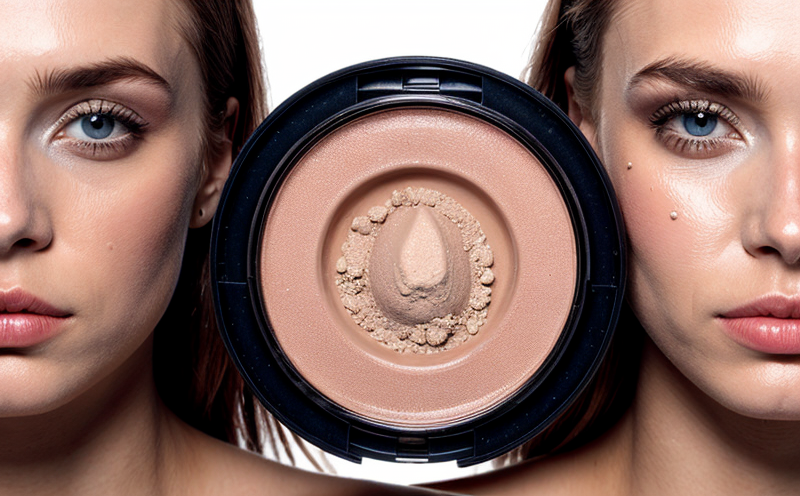Cobalt Content Testing in Cosmetic Products
Cobalt is a metal used in various cosmetic products due to its ability to enhance pigmentation and provide shine. However, the presence of cobalt can also pose risks if not properly controlled. This service involves testing for the content of cobalt in cosmetic products to ensure compliance with international standards and safety regulations.
The process begins with collecting a representative sample from the batch or lot being tested. The sample must be prepared carefully to avoid contamination, ensuring accuracy in the results. Once prepared, the sample is subjected to various analytical techniques to determine the exact concentration of cobalt present.
One common method used for this testing is Inductively Coupled Plasma Mass Spectrometry (ICP-MS). This technique allows for highly sensitive detection and accurate quantification of trace elements like cobalt. The sample is introduced into the plasma, which ionizes it, and then the ions are detected by mass spectrometry.
The results from this testing are critical for ensuring that the cosmetic products meet safety standards set forth by regulatory bodies such as the European Union’s Cosmetics Regulation (EC) No 1223/2009. These regulations aim to protect consumers and ensure that all cosmetics sold in the EU are safe, effective, and properly labeled.
Another important aspect of this testing is understanding the potential risks associated with cobalt exposure. While cobalt can enhance the appearance of cosmetic products, excessive amounts could lead to health issues such as skin irritation or respiratory problems. Therefore, it’s crucial to have accurate and reliable testing methods in place.
In addition to ICP-MS, other analytical techniques that can be used include Atomic Absorption Spectroscopy (AAS) and X-ray Fluorescence (XRF). Each method has its own advantages depending on the specific requirements of the test. For instance, AAS is often preferred for low-level detection, while XRF is more suitable for rapid screening.
Once the testing is completed, a detailed report is generated providing not only the concentration levels but also any potential health implications and compliance with relevant standards. This report serves as an essential tool for quality managers, compliance officers, R&D engineers, and procurement teams to make informed decisions about product safety and regulatory adherence.
Scope and Methodology
The scope of this service includes the comprehensive analysis of cobalt content in various cosmetic products. This can range from pigments, foundations, eyeliners, to hair dyes, ensuring that all components are free from harmful levels of cobalt.
- Sample preparation: The collected sample undergoes rigorous cleaning and processing to ensure accuracy.
- Instrumentation: Utilizing ICP-MS, AAS, and XRF for precise measurement.
- Data analysis: Comprehensive evaluation of the results to determine compliance with international standards.
- Reporting: Providing detailed reports that include concentration levels and health implications.
Eurolab Advantages
We at Eurolab pride ourselves on offering unparalleled expertise in the field of cosmetics testing. Our team of highly skilled professionals ensures that every test is conducted with precision and accuracy. Leveraging advanced instrumentation and cutting-edge technology, we provide reliable results that are essential for your product development and compliance needs.
Our commitment to excellence extends beyond just providing accurate data; we also offer personalized service tailored to meet the unique requirements of each client. With years of experience in the industry, Eurolab is your go-to partner for all your testing needs.
Frequently Asked Questions
- Ensures product safety and compliance with regulations.
- Reduces potential health risks for consumers.
- Supports quality control processes in manufacturing.
- Aids in meeting international standards like ISO, ASTM, EN, and IEC.





